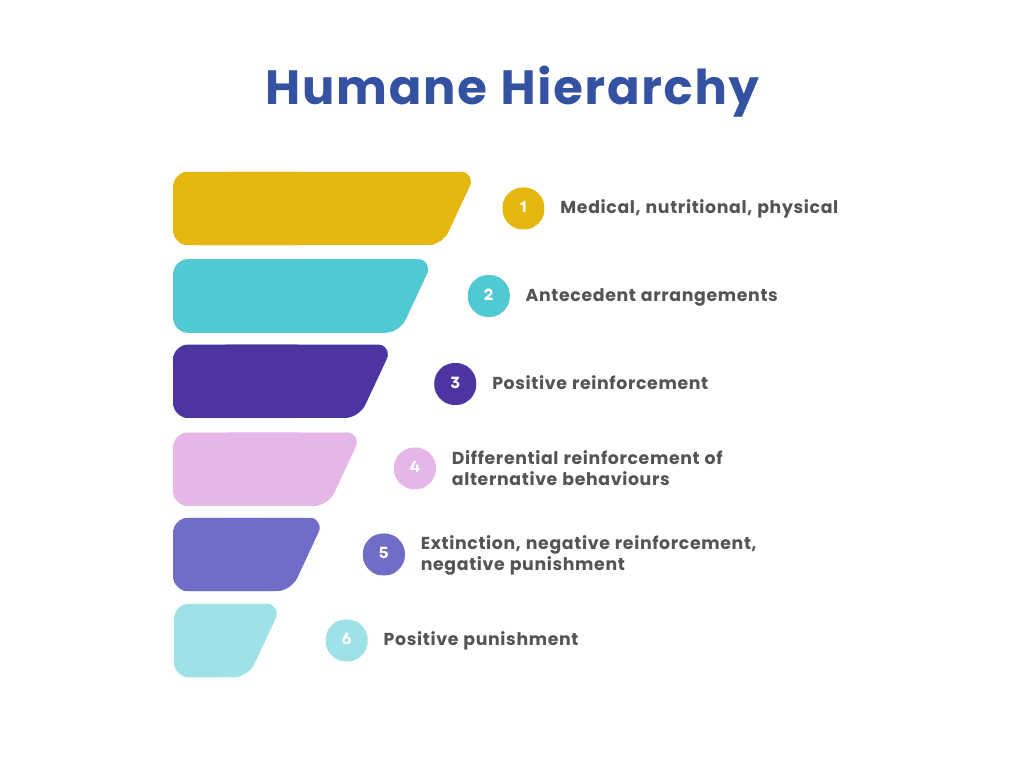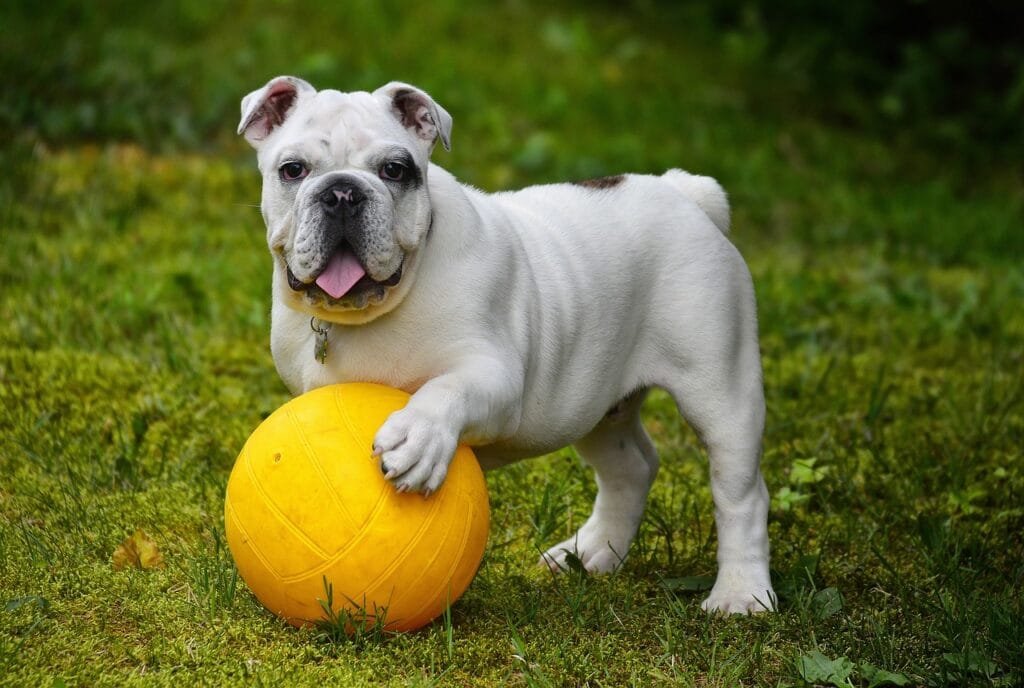The humane hierarchy: A better way to train your dog
Training a dog is about much more than teaching tricks or commands. It’s about understanding and guiding behaviour in a compassionate, effective way. If you’ve been around dogs for any length of time, you’ve probably seen all sorts of training advice, from positive reinforcement to quick-fix punishment. But did you know there’s actually a clear, science-based framework that can help you choose the most humane and effective approach?
It’s called the humane hierarchy, and it’s at the heart of how we train dogs at Belle & Bark. Developed by renowned behaviourist Dr. Susan Friedman, this approach helps us choose the gentlest and most effective training methods while always putting your dog’s wellbeing first.
What exactly is the humane hierarchy?
Think of the humane hierarchy as a roadmap for training. It starts with the least intrusive methods, ensuring we try the kindest, most supportive techniques before considering anything else. Rather than jumping straight to corrections or punishment (which often don’t teach your dog what you want), ethical trainers use this step-by-step approach to build confidence, trust, and better behaviour.
The levels of the humane hierarchy

Address your dog’s wellbeing first
Before we even think about training, we need to make sure our dogs feel good both physically and emotionally. Could the problem behaviour actually be caused by pain, illness, boredom, or stress?
For example: If your dog suddenly growls when touched, they might be uncomfortable due to arthritis, rather than simply being “grumpy.”
Change the environment to make success easier
Next, we adjust the surroundings to set your dog up for success. Often, it’s easier and kinder to prevent unwanted behaviours by changing the environment rather than expecting your dog to control themselves right away.
Example: If your dog jumps on guests, a simple baby gate or leash can help them manage excitement until they learn an alternative behaviour.
Positive reinforcement—reward the good
At this stage, we actively reward behaviours we love. Dogs quickly learn which behaviours bring rewards, making them eager to repeat them again and again.
Example: Instead of correcting your dog for pulling, we reward them for walking calmly beside us, encouraging more of the calm walks we want to see.
Differential reinforcement—teach better alternatives
Sometimes, rewarding a new, better behaviour is the simplest way to stop unwanted habits.
Example: Your dog barks for attention. Instead of scolding, reward them whenever they’re quiet and calm. They quickly learn which behaviour earns the goodies.
Remove rewards, reduce motivation, and let behaviours fade—gently!
At this stage, our goal is to kindly and clearly discourage unwanted behaviours without causing stress, fear, or confusion. There are three helpful tools we might use:
📌 Keep in mind: With extinction, sometimes things temporarily get worse before they improve. This is called an extinction burst. Imagine pushing a button on a vending machine that doesn’t deliver your snack. You’d probably press harder or try again before giving up, right? Dogs do the same thing. If barking doesn’t get attention anymore, they might bark louder at first. Being patient and consistent helps your dog learn that quiet behaviour is the best way forward.
These methods are used thoughtfully by ethical trainers to ensure dogs feel safe, comfortable, and confident throughout the training process.
Avoid punishment methods (positive punishment) unless absolutely necessary
Punishment-based training methods, such as shock or prong collars, can cause anxiety, stress, and even aggression. Ethical trainers rarely, if ever, use them because the risks far outweigh any short-term gains.
Example: Using a shock collar to stop barking might temporarily silence your dog, but it could also create deeper emotional issues like fear or aggression.
Why the humane hierarchy matters
Dogs aren’t trying to be difficult. Usually, they’re confused, scared, or simply haven’t learned what’s expected of them. Trainers who follow the humane hierarchy approach problems by helping dogs learn rather than simply trying to punish behaviours away.
At Belle & Bark, we follow this framework because we believe training should strengthen your relationship with your dog, not damage it.
What about the Five Freedoms?
Alongside the humane hierarchy, we also consider the Five Freedoms, a simple way to ensure dogs have everything they need to feel safe, healthy, and happy:
- Freedom from hunger and thirst
- Freedom from discomfort
- Freedom from pain, injury, or disease
- Freedom to express normal behaviours
- Freedom from fear and distress
These freedoms remind us that ethical dog training always goes hand-in-hand with providing a healthy, fulfilling environment for our dogs.
Final thoughts
Choosing the right training methods isn’t just about achieving good behaviour. It’s about understanding your dog, nurturing trust, and helping them thrive. The humane hierarchy helps you do exactly that, guiding you forward one thoughtful step at a time.
📅 Want a gentle, effective approach for your dog’s training? We offer personalized, science-based training programs designed around your dog’s specific needs. Get in touch today, and let’s build a happier, more confident future together!
Further reading:
- What’s wrong with this picture? Effectiveness is not enough by Dr. Susan Friedman
- Understanding the Five Freedoms – Animal Humane Society
Disclaimer: If your dog shows significant behavioural issues or signs of fear or anxiety, always consult a professional trainer or veterinary behaviourist.







